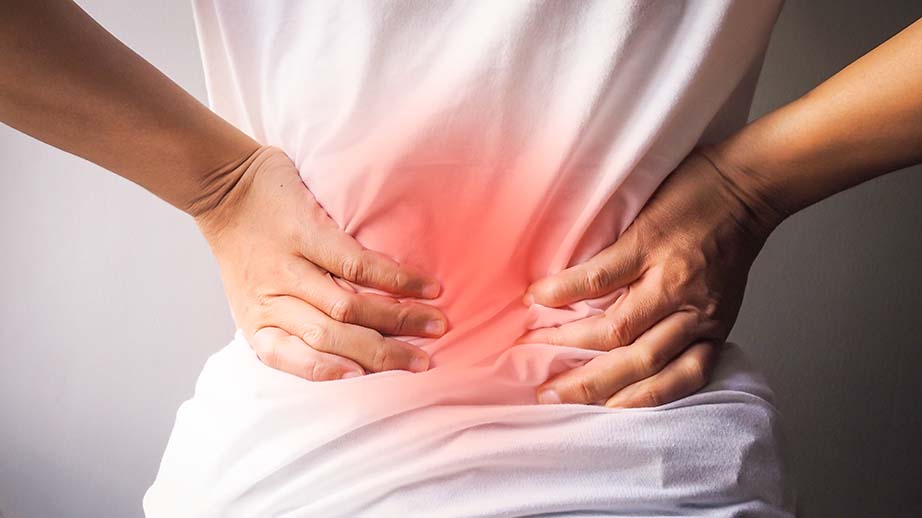 Do you feel like chronic pain controls your life? People with chronic pain often feel that what they want to do takes a backseat to their chronic pain. For individuals with chronic pain, how much activity they can do is determined by their pain level. When they are experiencing a pain flare, it feels like very little gets accomplished. At times activity can lead to increased pain, which means activities may not be completed.
Do you feel like chronic pain controls your life? People with chronic pain often feel that what they want to do takes a backseat to their chronic pain. For individuals with chronic pain, how much activity they can do is determined by their pain level. When they are experiencing a pain flare, it feels like very little gets accomplished. At times activity can lead to increased pain, which means activities may not be completed.
But what if it could be different? Most of us want to feel like we are in control over our choices and what we want to get done for the day. Sometimes small changes can add up to a shift in daily choices that can bring back a feeling of being in the driver’s seat. In occupational therapy at Pain Consultants of East Tennessee (PCET), we focus on empowering our patients by helping the patients gain knowledge and skills so they can self-manage their pain and be in the driver’s seat when it comes to their lives.
Self-management is about being in charge of one’s life and managing one’s condition, instead of being managed by that condition. Self-management is recognized as an effective approach to managing chronic health conditions by “empowering patients to understand their conditions and take responsibility for their health” (National Institutes of Health, 2010). (AOTA, 2015)
You may already use some self-management tools such as propping yourself with pillows to get some relief during rest. Taking medication as prescribed can also be part of the self-management process, but it is important to have self-management tools outside of medication to improve your quality of life especially in the long term.
Self-management is also about working with your medical providers. Self-management doesn’t mean going against medical advice or adjusting medications without medical advice. Self-management means that you ensure you understand the medical treatment that has been recommended, and what actions you can take to maintain your health.
Take a piece of paper and write down all of the things you can think of that you do to help reduce or manage your pain. Then take a look at your list, how often are you using the items on this list to help reduce your pain? Are there daily items that you use? Do you think that the list could be longer?
This is the first of a series of postings from the PCET Occupational Therapy Department aimed at giving you ideas on how to better self-manage your pain and give you ideas to add to the list that you made today.
AOTA. (2015). The Role of Occupational Therapy in Chronic Disease Management. Retrieved from American Occupational Therapy Association : http://www.aota.org/-/media/corporate/files/aboutot/professionals/whatisot/hw/facts/factsheet_chronicdiseasemanagement.pdf


